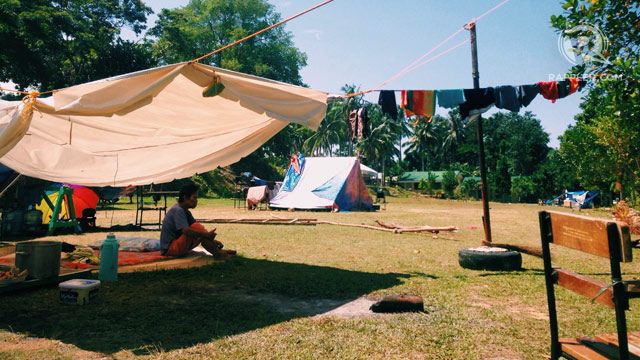SUMMARY
This is AI generated summarization, which may have errors. For context, always refer to the full article.

MANILA, Philippines – After October’s magnitude 7.2 earthquake, a new hospital will soon rise in Bohol’s capital Tagbilaran City, while existing hospitals in the province will be modernized, Health Secretary Enrique Ona said Thursday, November 28.
In October, 14 hospitals in the province were damaged when the quake hit Central Visayas. One hospital was completely wrecked — in Loon, which registered one of the highest death tolls from the quake.
The proposed new hospital in Tagbilaran, said Ona, is also why money will not be poured into “modernizing” the Celestino Gallares Memorial Medical Center. “We are going to use that money for a brand new hospital and this is going to be almost 500-bed hospital,” he said in a briefing in Bohol.
Around P289 million will be needed to repair damaged health centers in Bohol. The amount includes P163 M for hospitals, P80 M for rural health units and P45.3 M for barangay health centers.
Plans are already in place to construct a new hospital for hard-hit Loon as well.
“[The hospital] will not be constructed exactly at the same area but it’s just nearby, and that we have actually already allocated an amount… for the repair, of course, as a partnership between the local government and the national government,” said Ona.
A total of 169 health facilities were partially damaged after the quake, while 21 were completely damaged.
At least 208 died and 877 were injured after the quake.
‘No outbreaks in Bohol’
Ona also said that more than a month after the quake, the health department has not monitored “unusual or untoward outbreaks” of diseases associated with disasters, such as pneumonia, diarrhea, or dengue.
Medicine and vaccines also come at a steady rate in the province, said Ona.
Many aid groups expressed concern over the possibility of outbreaks in the aftermath of the quake.
Most health concerns that emerged after the quake were expected – acute respiratory infections, wounds, high blood pressure, fever, and fractures. More than 11,000 have been given nutrition support by the DOH, while over 3,000 recieved mental health and psychosocial support. –Bea Cupin/Rappler.com
Add a comment
How does this make you feel?
There are no comments yet. Add your comment to start the conversation.